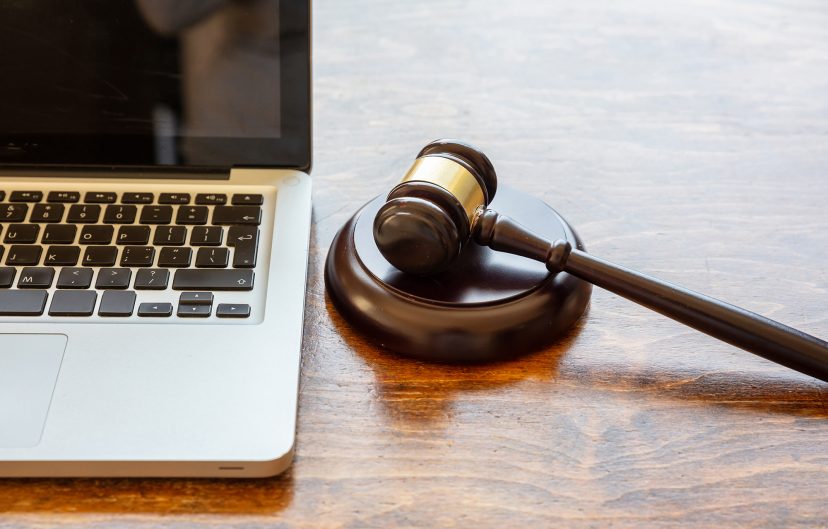
News & Resources
Safer Communities through Mobile Technologies

Safer Communities through Mobile Technologies
From virtual court hearings to smartphone-powered parole, COVID-19 has accelerated the adoption of advanced technologies by criminal justice teams. This transition to mobile and other secure technologies is helping provide continuity of critical justice services in communities all across the nation. Let’s take a deeper look at how we got here and where we’re going in the near future.
Safer communities and technology go hand-in-hand
The future of work in government is a hybrid work environment, one driven by innovative mobile technologies with advanced real-time video and information sharing capabilities. That includes Criminal Justice. Defense attorneys, once defiant against the use of videoconferencing in courtrooms, now see the value in its ability to increase face-time efficiently and safely with their clients. Parole boards see the increased ease and speeds at which their work can be done. And probation officers are gaining true value by reducing travel time and costs while staying safe and in touch with their clients whenever they see the need.
Nearly 5 million people in the United States were in probation, parole or other community supervision programs when the pandemic hit. The community security risks of losing contact with them, and a possible increase in recidivism, helped many leaders in the justice system better understand the value of mobile technologies that could empower remote check-ins and services. Over the last year this has helped keep justice workers safe and able to continue providing services. And for program members, it allowed the same safety, as well as continued access to critical services to assist their re-entry and program supervision in their communities.
By giving those involved in the client-side of the justice system the tools they need to be successful in society, whether for education, health, counseling and more, we help them become productive and purposeful. Mobile technologies have proven they are very efficient in this, and are helping build safer communities. Plus, they have the added benefit of being easily downloaded to the user’s personal phone. This keeps it simple and familiar—something much needed in the post-incarceration world of the client.
Technology helps build a safe community
For those of us in Justice, we wake up every morning and remind ourselves that the day ahead is all about community safety. Then our thoughts shift to the people we serve. But everyone is different. They have different issues in their lives, different problems. Each experience impacts their behavior and how they react within their community. So we need to fully understand these differences and reflect that in how we help them as we seek to build safer communities. This includes individuals who are homeless and veterans.
Did you know that it’s estimated that 50 to 60 percent of the homeless population has a smart device? Justice related agencies need to leverage that already-available tool to maximum potential. For example, case managers should be able to do outreach on mobile devices. And their clients should be able to reach back via theirs. But to do it right, you have to have the right applications. And each of the four pillars of justice need specific questions answered first.
Advancements in technology have helped successfully maintain the continuity of due process as government transitions to hybrid work environments by helping Justice organizations transition facilities and services to virtual status through secure remote video conferencing and information sharing accessible anywhere, anytime via any authorized device to help build safer communities.